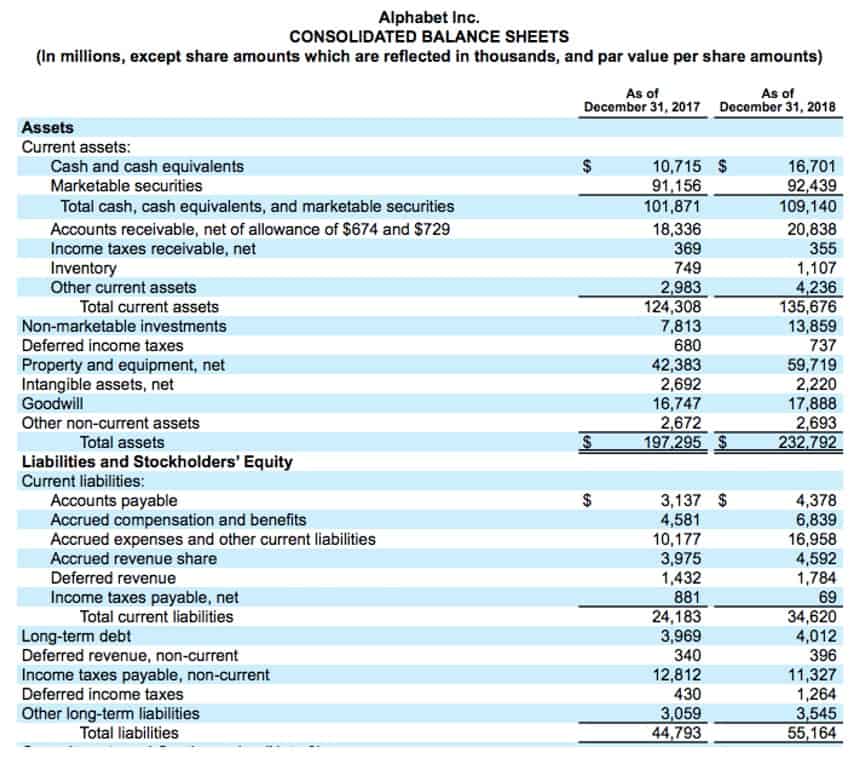
By gaining an intimate knowledge of the client’s business operations, industry nuances, and the external environment, auditors can pinpoint areas susceptible to risk. This comprehensive grasp extends to the client’s internal control systems, providing insights into potential weaknesses that could lead to material misstatements. F8 students, however, will typically be expected to have a good understanding of the concept of audit risk, and to be able to apply this understanding to questions in order to identify and describe appropriate risk assessment procedures.
The auditor should also assess audit risks at the time they prepare the audit plan. Normally, this is done by using a control framework like COSO to assess all angles of the business process. This audit risk model kind of risk could also be affected by the external environment, such as climate change, political problems, or other PESTEL effects. Auditors are required to assess those kinds of risks and set up audit procedures to address inherent risks properly.
Given the different types of audit risk that exists, an audit risk model can be useful in determining the likelihood of submitting an incorrect report. More recently, organizations throughout the public and private sectors have begun to adopt a wide array of risk models and simulations to start addressing strategic, operational, compliance, geopolitical, and other types of risk. Wider availability of data and sophisticated analysis capabilities is making modeling more practical; at the same accounting time, the need to cope with an increasingly risky environment is making it more valued. Let’s assume you already have a better understanding of audit risks and let’s check the above if you are still not sure.

For example, the merchandising company’s financial reporting might be easier to audit than financial reporting in agriculture or oil. Just because the model uses multiplies here, it does not mean that the need to be multiple to get audit risk. Despite the onslaught of technology, the human element remains irreplaceable in audits. After all, understanding business nuances, stakeholder relationships, and company culture can offer insights no machine can decipher. As mentioned before, auditors won’t just ignore the existence assertion for the timber inventory.
All businesses hope to receive an unqualified opinion, which happens when an auditor determines that financial records are clean and free of Airbnb Accounting and Bookkeeping any misrepresentations. With automation software, businesses can reduce their inherent risk and control risk, making the audit risk model easier to manage when it comes time for an auditor to perform their job. Basically, management is required to set up and assess the effectiveness and efficiency of internal control over financial reporting to make sure that financial statements are free from material misstatements. Materiality is the threshold above which a misstatement is considered significant. The auditor adjusts detection risk based on the assessed levels of inherent and control risks, with materiality guiding the threshold of what constitutes a significant misstatement.

Audit risk is the risk that auditors issue an incorrect audit opinion to the audited financial statements. For example, auditors issued an unqualified opinion to the audited financial statements even though the financial statements are materially misstated. Similar to inherent risk, auditors cannot influence control risk; hence, if the control risk is high, auditors may need to perform more substantive works, e.g. test on a bigger sample, to reduce the audit risk.

Control risk involved in the audit also appears to be high since the company does not have proper oversight by a competent audit committee of financial aspects of the organization. The company also lacks an internal audit department which is a key control especially in a highly regulated environment. If there is a low detection risk, there is a minor probability that the auditor will not be able to detect a material error; therefore, the auditor must complete additional substantive testing. A higher inherent risk indicates that the transaction class, balance, or an attached disclosure is at risk of being materially misstated. Lower inherent risk implies that the account is not likely to be materially misstated.
Risk Assessment Procedures are employed to systematically identify and evaluate the risks at the financial statement and assertion levels. This proactive approach is vital in uncovering potential issues early in the audit process, allowing for the development of targeted strategies to address and mitigate these risks. Additionally, effective risk assessment procedures enable auditors to allocate resources more efficiently, focusing efforts where they are most needed to enhance the audit’s overall effectiveness and precision.